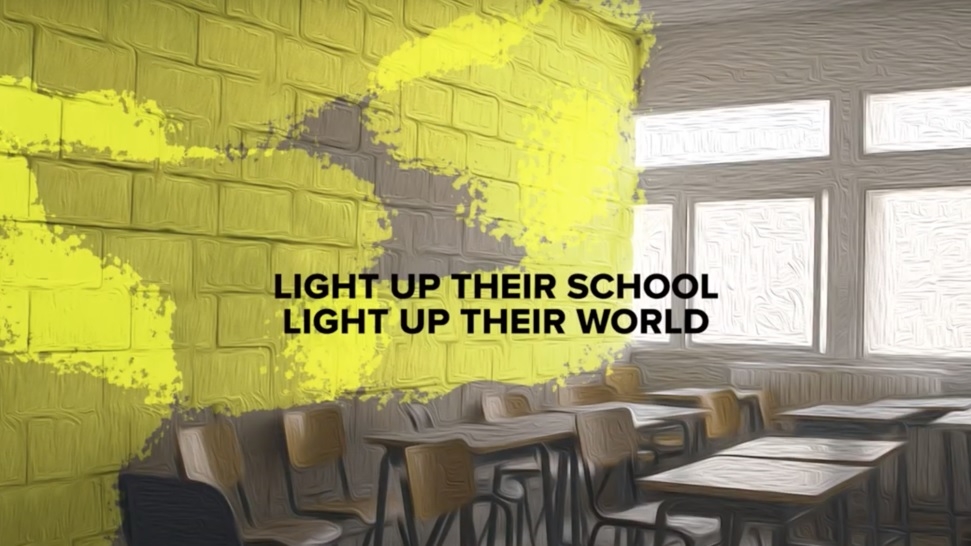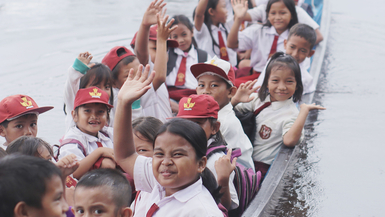
In Bakhoun, a northern Lebanese village, 900 students are at risk of dropping out of school as their only educational facility in the area can no longer sustain itself in terms of electricity and power generation. School closure is preventable if sustainable and long-term measures are urgently implemented. LSES, which is a Lebanese NGO, is offering its expertise and knowledge in designing and implementing energy and environmental solutions. The objective is to supply and install a small-scale Solar Photovoltaic power plant at the Bakhoun School and provide training for the school management for the operation and maintenance of the installed system. Being part of Tadamon Crowdfunding Academy, they raised 10,000 USD through online and offline crowdfunding and matched funding of 15,000 USD as a contribution from the EU through UNDP. We got in touch with Mr. Youssef Ghantous, a board member, to go through their journey and know more about their experience in running the crowdfunding campaign.
Why did you apply to take part in the Tadamon Crowdfunding Academy?
We wanted to use this new vehicle to raise awareness and fund a renewable energy project in Bakhoun village, which is the core of our Society's mission and vision. This way we can help 900 students stay in school.
How did the Tadamon Crowdfunding Academy help you to prepare your crowdfunding campaign?
It surely provided us with the know-how and the experience of other institutions that used crowdfunding. The program helped us a lot to create visibility for our project and promote it better. However, the results were not as expected due to the conditions and economic crisis happening in Lebanon.
What is one major takeaway (insight) you had about crowdfunding from the academy that you would like to pass on to others?
The most important point is how to reach to the crowd and address them as champions of the campaign with sincere and touching messages.
Can you tell us more about your crowdfunding campaign? What is the project about?
The project falls under the category of renewable energy for educational public institutions. It consists of the installation of an On-grid Photovoltaic Solar system on the roof of a remote public vocational technical school, Bakhoun public technical college, located in the north of Lebanon in the village of Bakhoun, to reduce the need for using diesel generators and keep the school running. The objective of the project is the supply and installation of small-scale Solar Photovoltaic power plant consisting Photovoltaic generator, inverter, fuel save controller, data logger, and auxiliary equipment at the selected site and providing training for the end-users for the operation and maintenance of the installed system. The school has both local and refugees students.
What is the main highlight/milestone of your crowdfunding campaign?
It can be summarized as setting financial targets, creating media campaign content, creating the campaign, collecting the donations and finally implementing the project.
How did you reach out and engage your target audience to donate to your campaign?
It was through videos and emails and using social media channels including FB, Instagram, and websites.
Now that you have completed your campaign, what do you think is needed for a crowdfunding campaign to be a success? What would be something you would do differently?
The message has to be clear and touching and we need to study the market segments and address the low-hanging fruits and use the local society to be part of the campaign and even to help run the campaign.
Would you crowdfund again?
Not in the current situation in Lebanon where foreign currency funds are not available.
Would you recommend crowdfunding to other civil society organizations? What advice will you give them?
I would recommend it in general and advise them to study their target audience and direct the message to people who are most convinced by the project and who can afford to donate.


